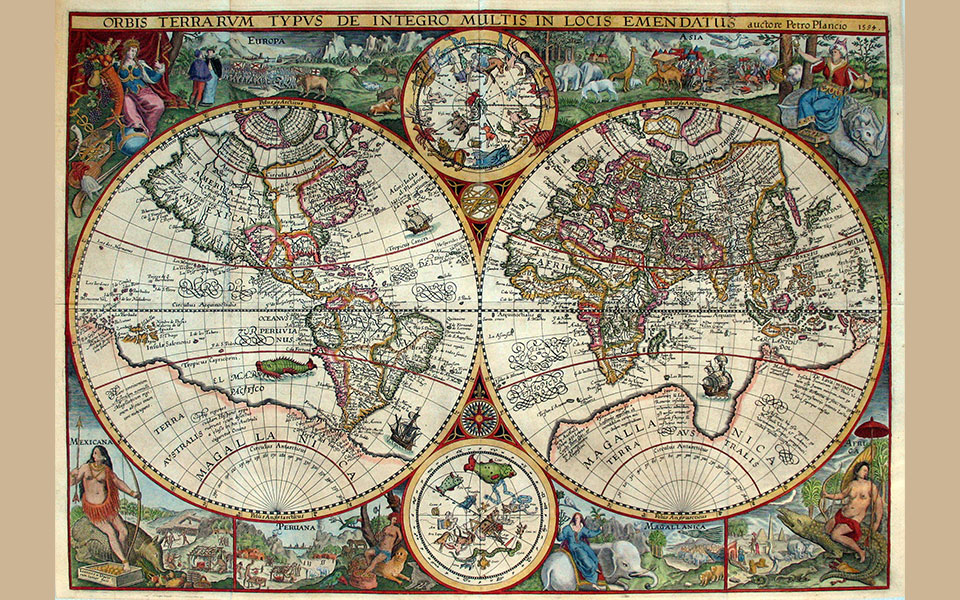Code . 2023.06546.CEECIND
Start . 2024
Duration . 72 meses
Principal Investigator . Catarina Santana Simões (CHAM)
INSTITUTIONS
Funding Entity
Fundação para a Ciência e a Tecnologia
Research Unit
CHAM — Centre for the Humanities
Coordinating Institution
Faculdade de Ciências Sociais e Humanas / Universidade Nova de Lisboa
During the early modern period, the establishment of power and trade networks between Europe, Asia, and the Americas led to a significant increase in the circulation and consumption of non-European commodities. Live wild animals and their processed body parts formed an important part of the natural commodities imported from other continents, playing a key role in the construction of knowledge about non-European nature and in European perceptions of distant places. Some of these animals came to represent, for European audiences, the places from which they originated (or were thought to originate), thus becoming essential elements in the representation of these geographies.
This project analyses European knowledge of these animals based on a wide range of material and written sources produced mainly between the 15th and 17th centuries, focusing particularly on the processes of knowledge production and their multiple participants and entanglements. The research will concentrate on the animals that became symbols of specific geographical locations or representatives of their respective faunas. By examining the various meanings and connotations associated with these animals, the study aims to understand how knowledge of nature influenced European perceptions of other parts of the world and their human and non-human inhabitants.
GOALS
. To understand the diverse ways in which non-European actors participated in the production of knowledge about nature, and how their perceptions of animals and nature were assimilated; to reveal the potential tensions associated with these exchanges within the framework of European imperialisms, and how different worldviews on nature were negotiated and contested.
. To question the role of animals as agents of knowledge, highlighting the various ways in which animals influenced human societies; to address (human) bioprospecting practices, identifying animals that were procured for their by- products, and reflecting on the environmental impacts of this consumption.
.To reflect on the role of animals in European perceptions and representations of the rest of the world, and in the cultural constructions of geographical categories, challenging traditional narratives on “representations of the other” by approaching these representations as a product of entanglements between European and local ontologies and practices.







